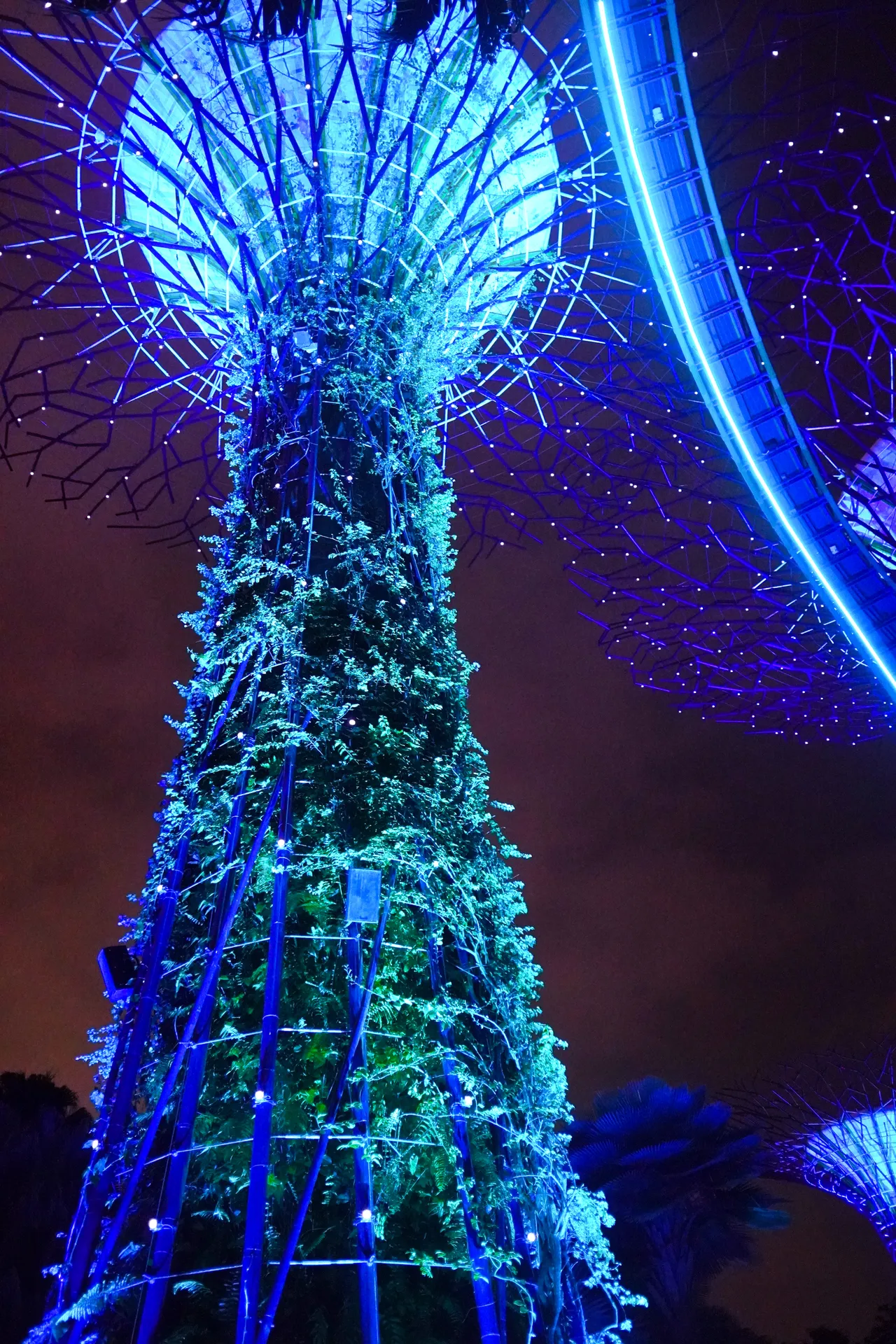First of all, what is an image?
In today’s digital world, an image represents a captured moment and serves as a powerful way to convey visual information. It is made up of thousands of pixels.
Each is a tiny area on the screen whose brightness and color are defined by mathematical values. The more variation there is in color, contrast, and texture, the more data is needed to store and transfer that image.
The additional data increases internet traffic, consumes more bandwidth, and requires more processing power and storage, while leading to an inefficient use of technological resources. On a broader scale, this means greater energy consumption and increased demand for hardware infrastructure, making web usage less sustainable.
From a personal perspective, large image files can significantly reduce your website’s performance. Pages load more slowly, and search engines like Google may lower your ranking due to poor user experience, making your website less favorable.
However, optimizing your images by compressing and resizing can reduce the loading time significantly.
Pay attention at how the uncompressed image on the left lags behind!

To summarize:
- Better visibility on search engines (SEO)
- Faster-loading pages and a smoother web experience
- Reduced storage and bandwidth usage
- Lower energy consumption and improved sustainability
We will talk more about the concept of “green web”, which shouldn’t be limited to the use of renewable energy sources, but should also include more efficient data traffic and web optimization practices.
Thanks for reading.